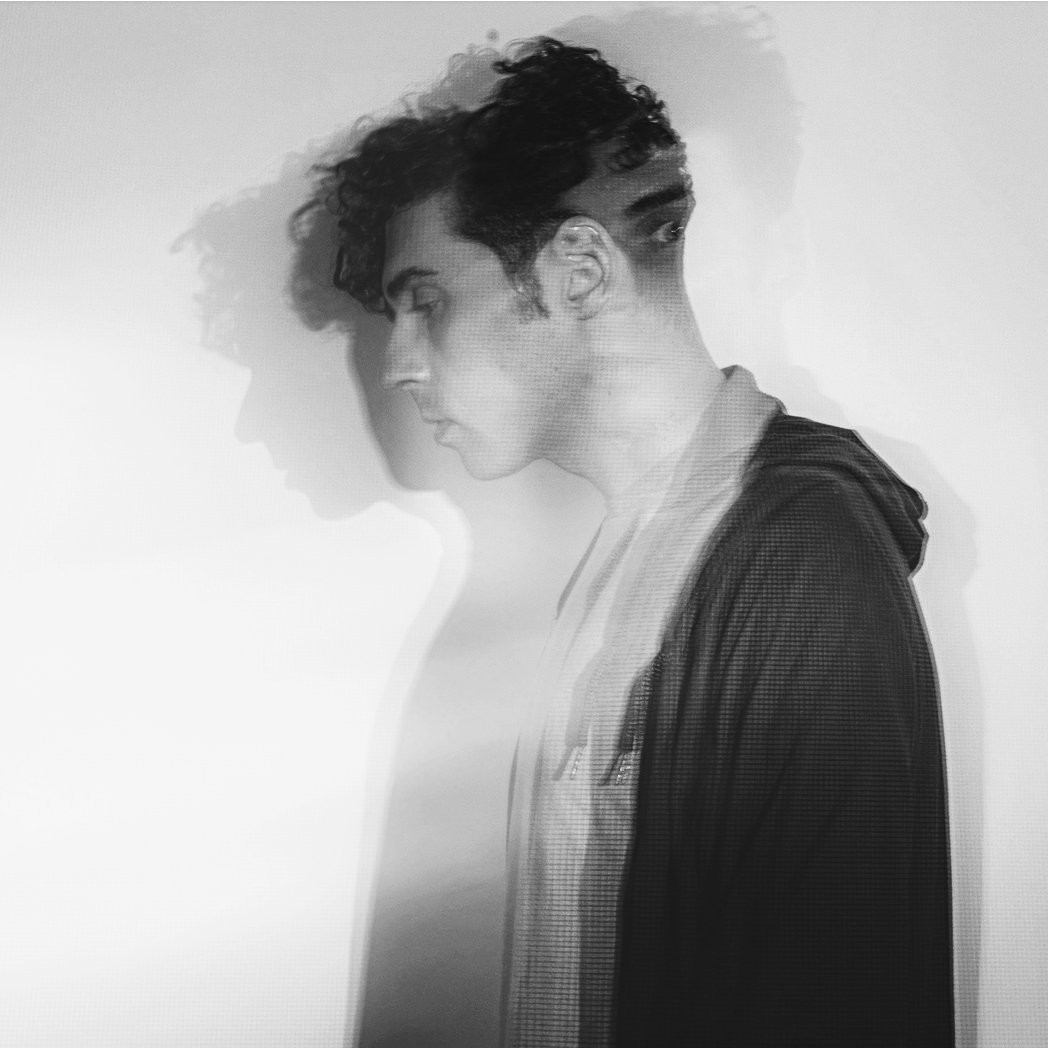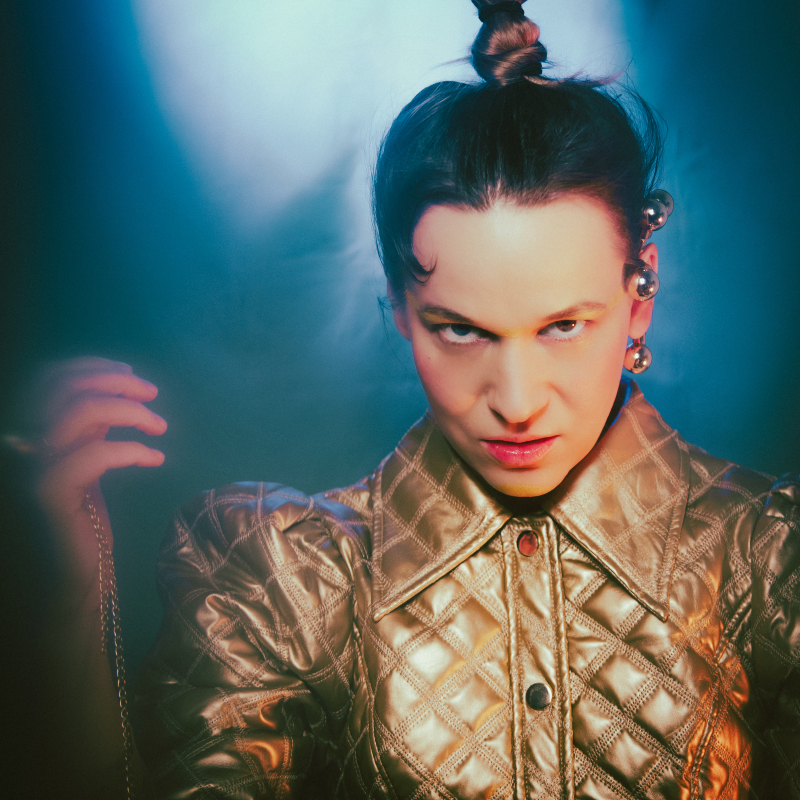Interview: Five Minutes with Soul Island
Daniele De Matteis, who makes music under the moniker Soul Island, is making waves with his unique electro-pop fusion sound. Growing up in the south of Italy surrounded by DIY punk and hardcore bands, Soul Island has now formed his own sound that pays tribute to his influences while at the same time creating something completely fresh and modern. Soul Island will be releasing his much-anticipated debut single, ‘Ocean’, on October 5, from his upcoming LP ‘Shards’, which is slated for release on December 7 via Loyal To Your Dreams.
Although Soul Island’s new album is his first LP release under this moniker, he is certainly no stranger to the world of music. Daniele has played a variety of different roles in many different bands as well as collaborated with many artists from a slew of different genres, honing his craft in many different musical spaces.
Listen to Soul Island’s brand new single, ‘Ocean’, from the upcoming LP, below.
We caught up with Soul Island ahead of the release of his new album and chatted about collaborations, empathising with the audience and entering a mindset when making music.
Set the tone for us. Why the arts?
I can’t see myself without it. I’ve always been deeply fascinated by beauty and wit, keeping that childhood curiosity, but my birth town could be very arid and resistant to everything unaligned and new, so that created a strong motivation to be creative. Eventually I moved to other cities but I still always feel on a mission to defend the urge to express and make a place for art.
Which comes first when you’re producing – the sound or the idea?
The egg most of the time! The idea, but it often comes with a sound attached to it, and colors, and other things. It is all very visual for me as well, so I often have concepts that are then inclined to music, beats or perhaps imagery. Some instruments and tools are amazing triggers, like my Juno, guitar or programming in processing.
Does your material feature any collaborations?
All is very personal on this record, so I didn’t feel the push to involve a lot of people out there in writing on it. There’s Andrea Rizzo on the drums which totally owns ‘Night Shore’ and some synth work from Matilde Davoli on ‘Soul Drain’ but that’s about it.
What’s on your current playlist?
What’s not… ok these days listening to Son Lux, Jon Hopkins, Oneohtrix Point Never, Moses Sumney, Mildlife, Big Thief, Christine and the Queens, Macintosh Plus. I also always keep some comfort acts at hand like Husker Du, Motorpsycho and some 90s italian punk like Nuvola Blu, Eversor, Suburban Noise, Shock treatment…
Tell us about the chemistry you have with your fans on stage.
Whilst I enjoy performing and sharing the music I made live, I usually approach sets as a form of duty to the people off-stage. I deeply emphasise with the audience as I am so often a part of it.
What techniques do you experiment with to get your original sound?
I like motivating the arrangement parts. Instrument lines are to me like actors on a narrative, so each one usually plays a very precise role in the story. Another metaphor is landscaping, I try to put elements together to contribute to an acoustic picture so I gather gear fit for specific sounds that then becomes part of the palette I use. I don’t find software synths particularly inspiring or good sounding, which is why sources are almost entirely analog, whereas sequencing is instead entirely computer based when not executed live. In ‘Shards’ I was very persistent with recording executions, which I do in midi often; I then fiddle with the instrument, modular, keys or drum box, as it plays back to sculpt the sound. Finally, I love generating arps and harmonies with sequencing rules that I then limit to specific scales, notes or intervals. All this is effectively like swapping between a few roles at different moments, musician, director or producer, which is more productive to me than trying to be all at the same time.
Take us through a day in the recording studio.
I take a lot of time thinking, entering the mindset. I have everything wired and patched so that ins and outs are always available for 90% of the gear and I make a source present when I need without further set up. Next could be a number of things. I might start from an audio memo, or a concept made with Nanoloop on the phone, from an idea of beat and mood or from some specific arp and harmony line. Or perhaps I progress on some track which is 50% there. I usually enter a loop mindset going through parts over and over again and fleshing out the picture I have in mind. End of the day I try to record everything, sound and sequencing even if still rough, I fear forgetting the very important details and nuances. Usually before calling it a day I try out some mix directions to see how it could all play out when finalising. I then do a quick bounce with a raw mastering to listen again after a few days. Fresh ears often give a completely different outlook.
Was there a specific moment in your life where you thought, “this is what I want to do”?
That happens countless times every day I’m afraid! Which makes for so many highs and lows as the time is never enough. I think the first times I tried writing a song on the guitar I had this strong feeling that I was both willing and meant to do it.
What gets your creative juices flowing?
Including but not limiting to: music and all forms of art, playfulness, a broken heart, driving, loneliness, love, instruments, making things right, fighting prejudice, planting the seed.
Take us through your collection of gear, tech or software that accompanies your creative expression.
As mentioned, I’m into analog gear. It started with the Juno 106, and I’ve loved it since. I then tried and tested a number of mono and poly synths that I didn’t like and eventually sold. In that period I was looking for a flexible and new way to process and filter sound which, regrettably for my wallet, lead me to acquiring a few Eurorack modules. As of today, money goes and modular grows, and the weird bit is that is so difficult to stop. This meant so much for the record though. Every track features some modular output at its core. Another thing I strongly rely on is the Analog Rytm. After much research and broken bones and beats I thought I had found love with a DSI Tempest, however that was a mirage and only the Rytm could have saved me from the despair I was in. However the search for the perfect drum box is TBC. I have FM synths not featuring enough in the record and external effects I send sources to: the SP 303 and Cathedral from EHX I used a lot. There’s many other toys, Omnichord, Volca, some rack units as effects and compressors. There’s Fenders, Danelectros and Gibsons around me, but I am very picky about when and how to use them these days. Some mics, mostly an SM7 for vocals.
Any side projects you’re working on?
Not on music, I experiment with creative coding for picture or video manipulation I try to keep a stream on my instagram profile, @morekid. I think of it as a remix of life shots, like trying to show what I see more than the camera. My guts tell me that this and music will eventually flow into one big Super Saiyan project.
How have you refined your craft since you entered the industry?
Every other day I crave writing new music.
Break down the news for us: what can we expect from you this year?
I am very bad at forecasts about myself and don’t like making promises! However I look forward to taking this record around.
Follow Soul Island:
Website – Facebook – Twitter – Soundcloud – Instagram






